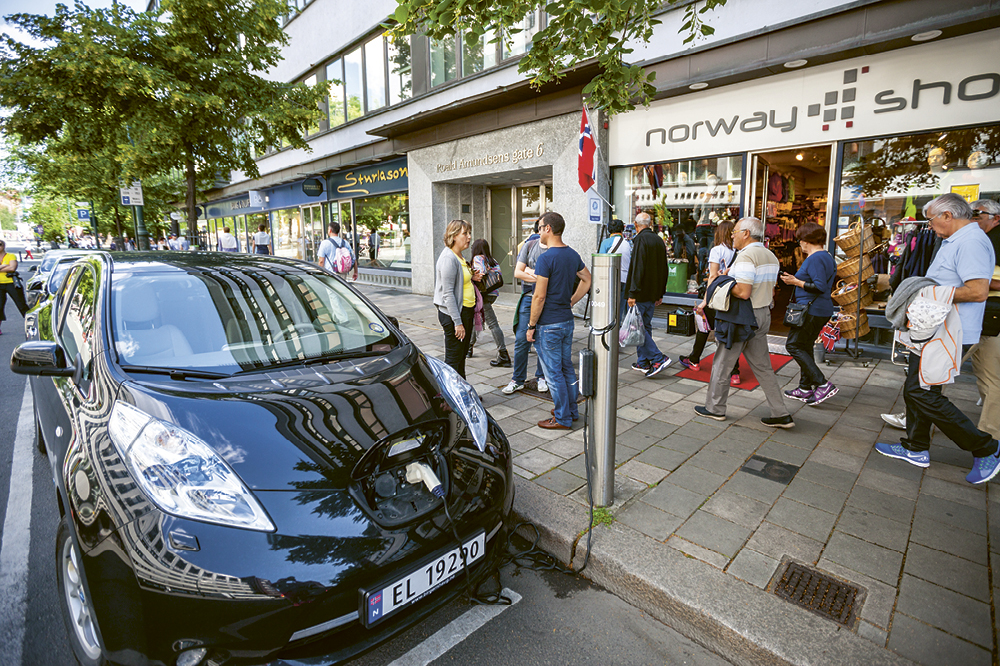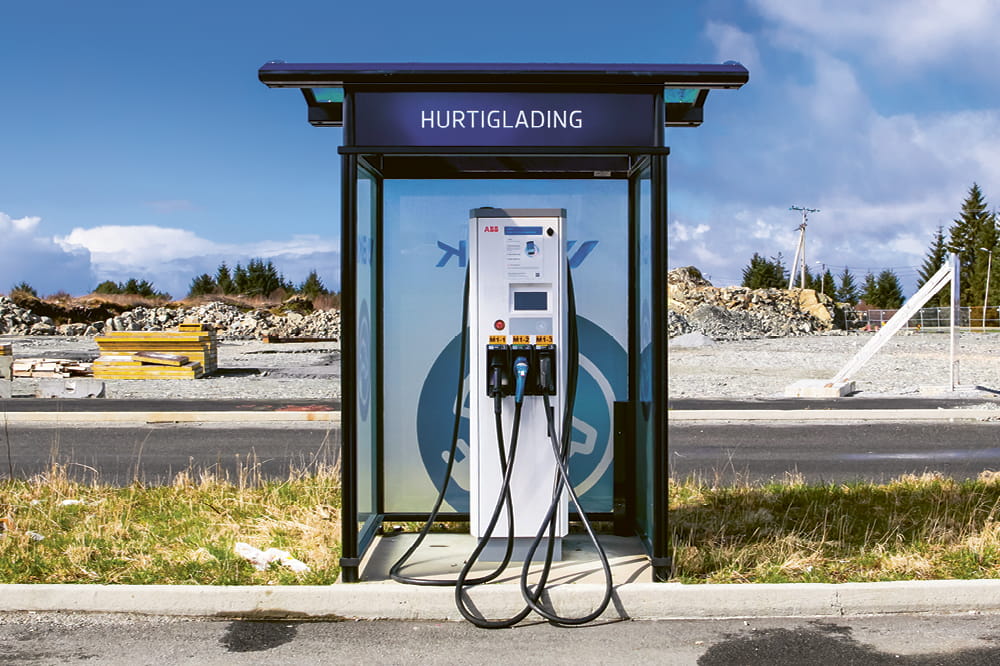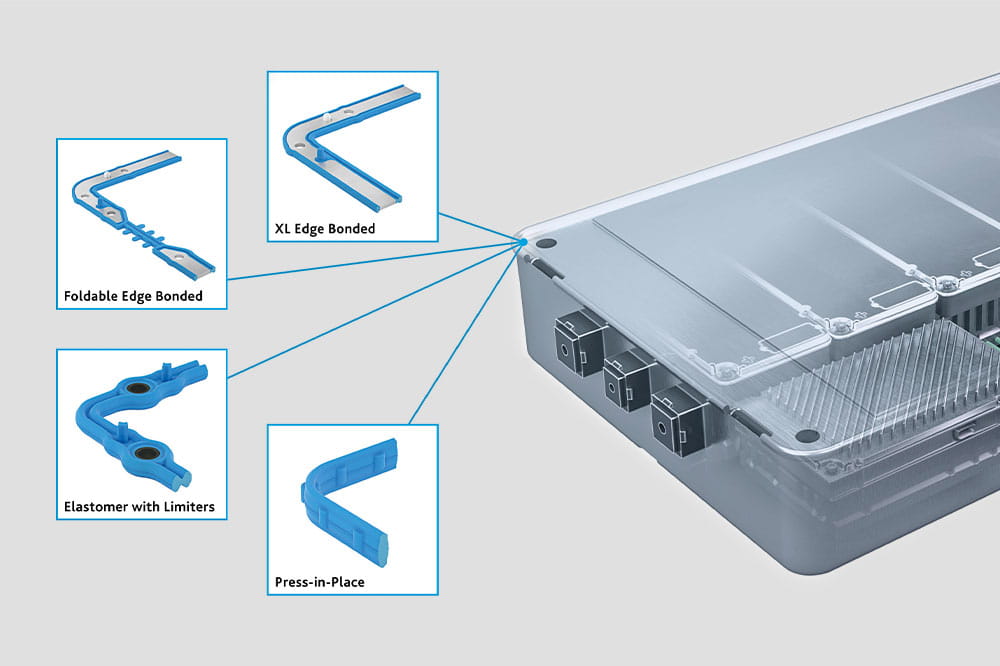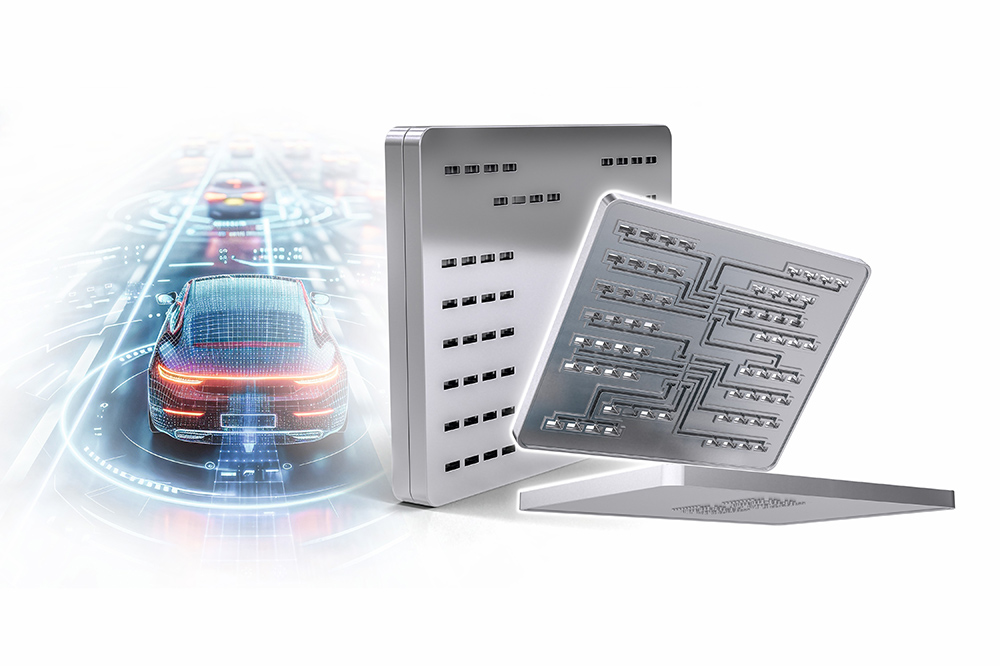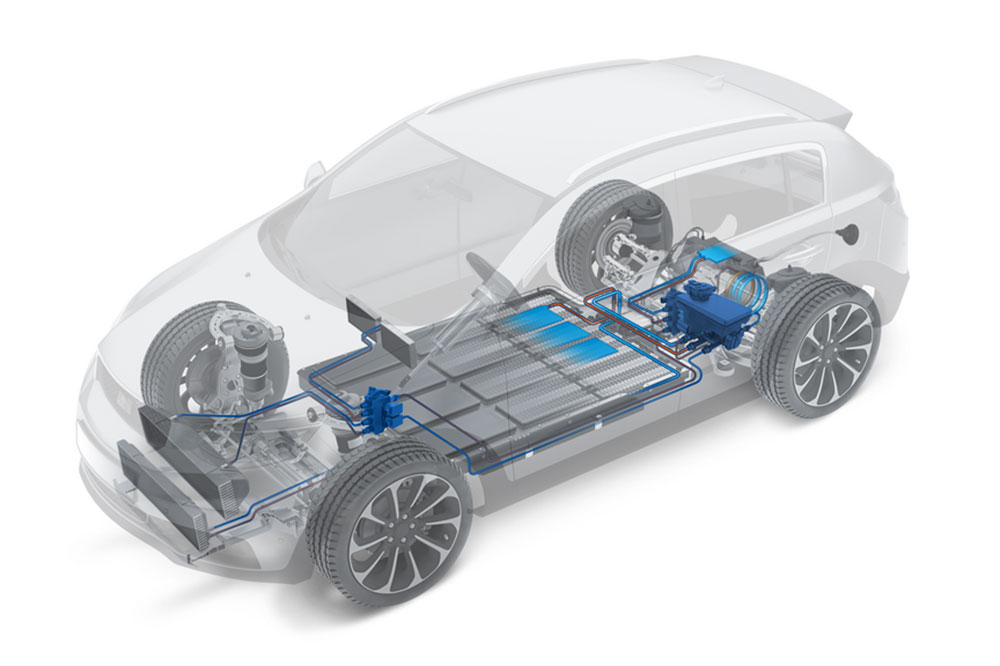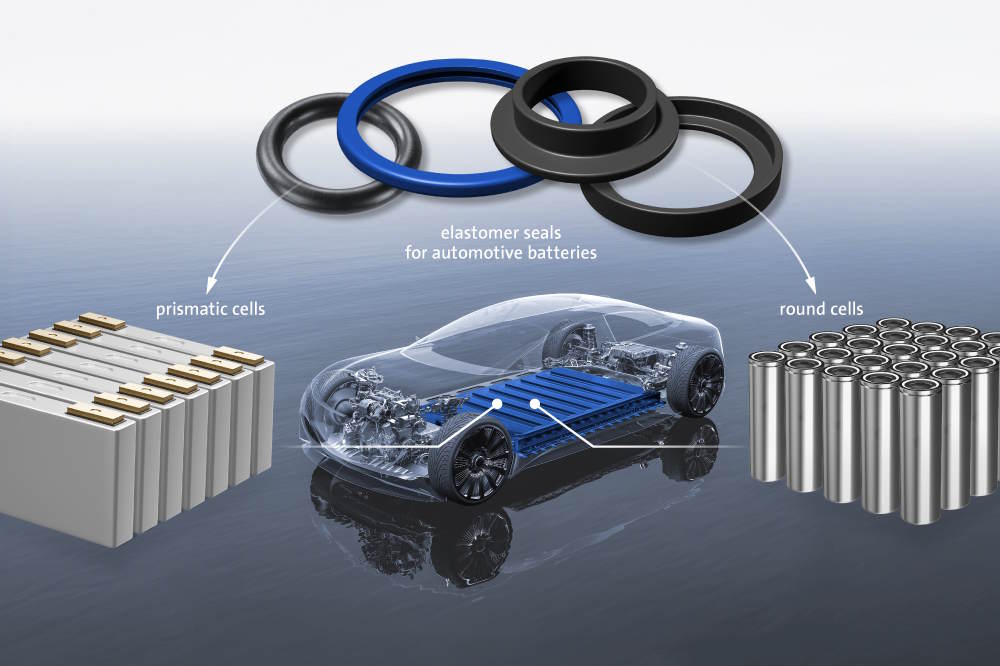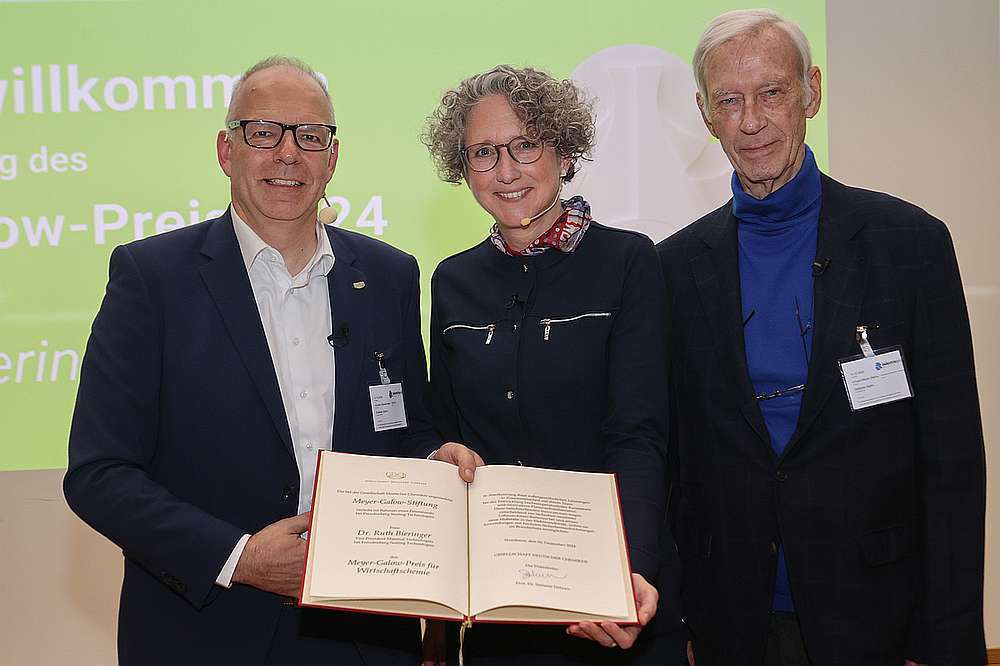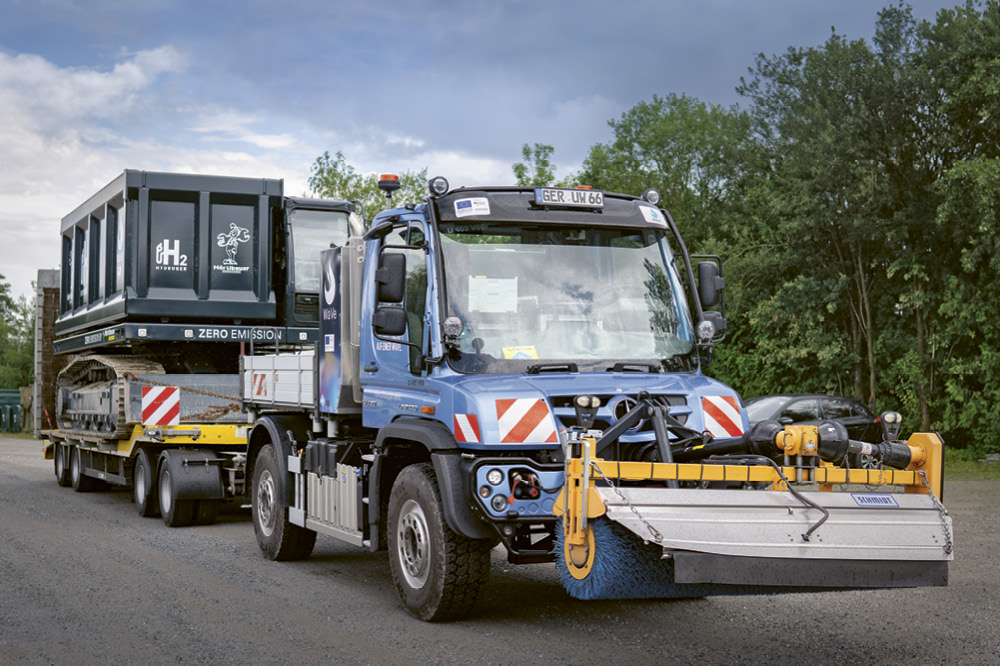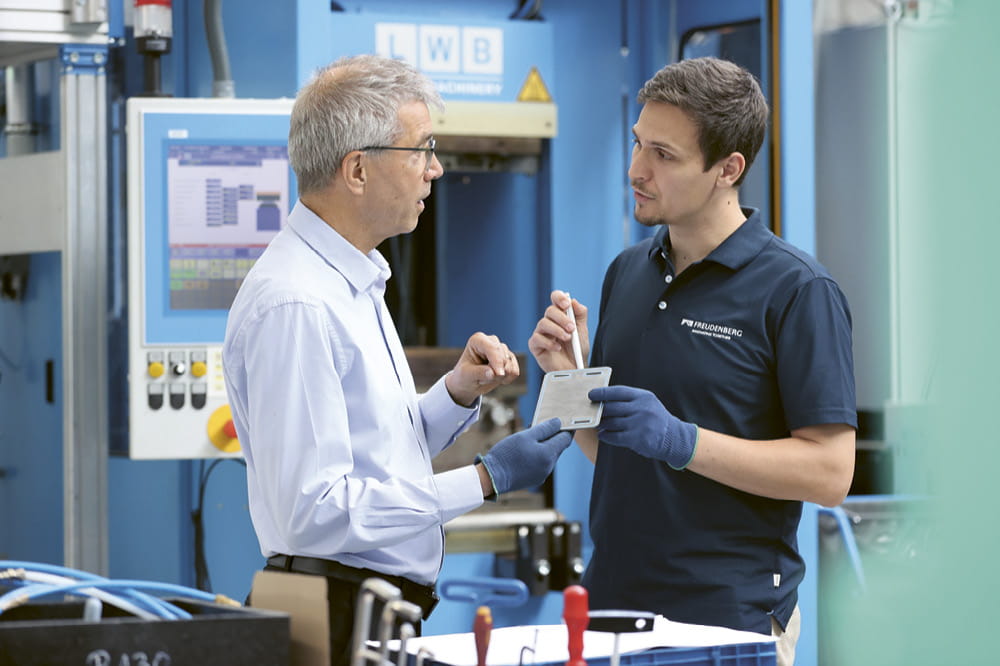Obtain news and background information about sealing technology, get in touch with innovative products – subscribe to the free e-mail newsletter.

25.07.2017 | Story
Riding High in the North
In Norway, electric mobility has become a part of everyday life. One new car in three has an electric powertrain on board. Even if success has so far depended on government subsidies, the Scandinavian country is considered the world’s most important test market for the technology. But the complete elimination of the internal combustion engine is not yet in sight.
The days are long right after “Midsommar,” the day of the solstice. In Oslo, people get together outside and have a beer with friends, enjoying the experience with a view of the fjord. The square in front of the “Iceberg,” the nickname for the opera house that opened in the former harbor district in 2008, has become an especially popular meeting spot. Here we meet Magne Bjella, who markets the opera on social media and online. In his mid-fifties, he feels like a pioneer in an industry that, along with classic advertising, largely relies on good critical reviews in the newspapers to shape opinions. “We have to keep moving in new directions,” said Bjella, who took the job just a couple of years ago.
So it’s hardly surprising that he drives an electric car. “But it was more or less an accident that I made the switch,” Bjella admitted. When he went to his dealer, he only wanted a replacement for his aging car. But he had the chance to test-drive an e-Golf — and then decided on the electric model despite his reservations about its range. “Everything is like a normal Golf, only a bit better,” he said, summing up his experience after two years of everyday use.
Bjella’s decision no longer makes him an anomaly. In no other country has electric mobility become so commonplace. Registrations of battery-powered electric vehicles have risen to 150,000, which exceeds the total number for Germany, despite the fact that Norway only has slightly more than 5 million inhabitants. The market share for electric vehicles was 18 percent during the first half of 2016. That roughly corresponds to the level of the previous year, highlighting the fact that the internal combustion engine has still not been decommissioned in the country that has become the model for electric-vehicle fans. Over the last three years, the market share for plug-in hybrid vehicles has especially grown. It has now reached 16 percent.
One new car in three drives purely electrically at least occasionally, a share high enough to seem unbelievable. In China, 8 percent is considered initially adequate; a quota decreed by the government is being developed there. And in Germany, the share recently stood at just 1.3 percent despite incentives. That was still double the figure for the previous year.
Governmental support is the most important reason for the success in the North. Buyers of electric cars aren’t just spared the value-added tax of 25 percent; they also avoid the “purchase tax,” an additional acquisition tax comparable to the German land transfer tax. In all, these governmental waivers often make it cheaper for the customer to buy an electric car than a model with an internal combustion engine. In June 2017, the special provisions were extended to the year 2020. The consensus cuts across party lines, although there were voices earlier in the Labor Party proposing limits on the incentives for vehicles with a net price of 500,000 kroner, the equivalent of 53,000 euros.
E-Cars Park for Free
Norway hasn’t wanted to put its trust solely in lower purchase costs as incentives for electric vehicles. Other measures have been in effect for years: Electric cars so far have been allowed to park free of charge in city centers. Drivers have not had to pay fees for the many bridges and ferries along the country’s craggy coast and are even allowed to use bus lanes during morning traffic jams. While these provisions have been decreed centrally to this point, it is now up to the municipalities to decide what benefits they will grant drivers of electric cars. That’s because electric mobility has become a significant cost factor for communities. There are estimates that Oslo alone loses 35 million euros in income every year by foregoing road use fees.
High range, high demand
In light of the otherwise favorable conditions, the modest range of electric vehicles so far should be seen as the primary reason that two-thirds of drivers still choose a vehicle with an internal combustion engine. Norway is a thinly populated country, and a trip from Kristiansand in the South to Nordkap covers more than 2,000 km (1,250 miles). Even if most southern Norwegians never drive that far, many city dwellers have houses in the mountains or on the coast. “Fifty percent of all distances that are traveled in Norway cannot be completed with current electric cars,” says Christina Bu, General Secretary of the Norwegian Electric Car Association and a passionate advocate for electric powertrains. “To address this market, we need larger electric cars with longer ranges at reasonable costs.” The Opel E-Ampera, which has an electric range of 520 km (320 miles) in the New European Driving Cycle, shows that a better product could continue to increase demand. More than 4,000 orders have piled up for it in Norway, pushing the delivery times to more than a year. The car is manufactured in short production runs.
Ulf Tore Hekneby is also thrilled with the demand for electric cars. He is the Managing Director at Møller, the Volkswagen importer. He has four months’ worth of preorders for the new e-Golf, whose range has been improved to 300 km. “The entire market is revolving around the issue of range,” Hekneby said. About half of all the Volkswagens sold in Norway have either an electric battery system or a plug-in hybrid powertrain. It is no accident that the brand has a significantly higher share of electric vehicles than its competition. With the introduction of the e-Up four years ago, the importer decided to align the entire dealer organization with the new powertrain. Unlike the situation in Germany, it was not just individual specialized dealerships that were trained in sales and service – it was each of its more than 60 retail operations. “That’s how we paved the way for the future,” Hekneby said.
Already emission-free in 2025
If things continue the way Norwegian policymakers would like, only emission-free cars will be registered starting in 2025. “The goal has been adopted by the Norwegian Parliament,” said Bu. But she points out that Norway can’t go alone. It is not a member of the European Union, but it is in fact part of the European Economic Area (EEA). “We have to adhere to its rules,” Bu said. The country, which owes its wealth to its petroleum and natural gas reserves, is also experimenting with alternatives to battery-powered mobility. In July, a consortium led by Nordic Blue Crude announced the production of a crude oil substitute on the south coast beginning in 2020. Water and carbon dioxide serve as its raw materials with the help of a reaction aided by green electric energy from hydropower.
The carbon dioxide is due to be obtained in part from ambient air using a process developed in Switzerland and would be completely climate-neutral. The annual production of 10 million liters (2,640,000 gallons) a year would be enough to run 13,000 cars with synthetic fuel. If this oil substitute produced for the first time on an industrial scale proves itself, Norway could become a model for emission-free long-distance and freight mobility
More news on the subject Automotive & Transportation

Join Us!
Experience Freudenberg Sealing Technologies, its products and service offerings in text and videos, network with colleagues and stakeholders, and make valuable business contacts.
Connect on LinkedIn! open_in_new